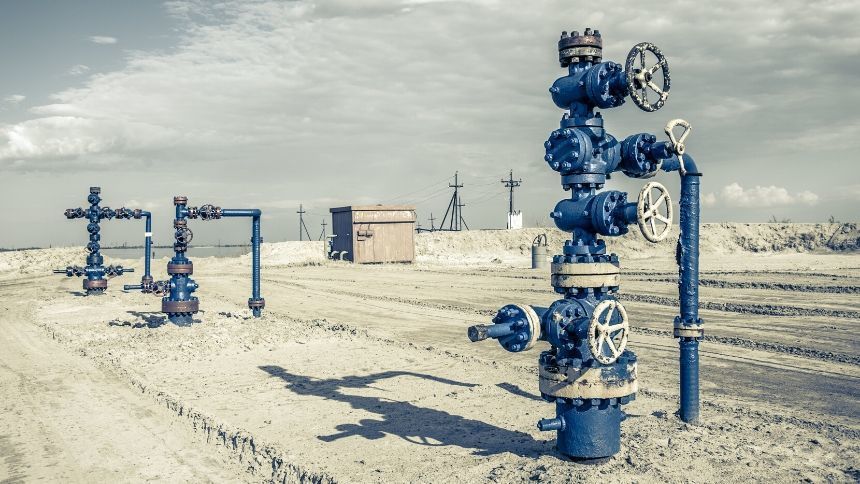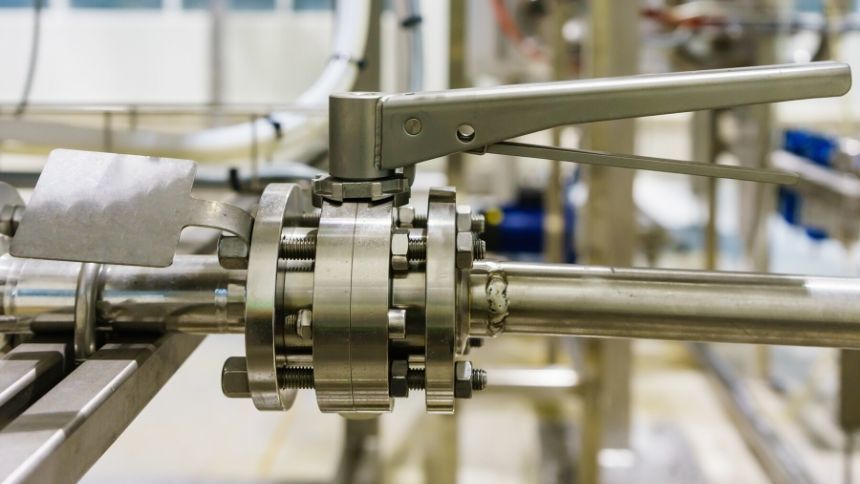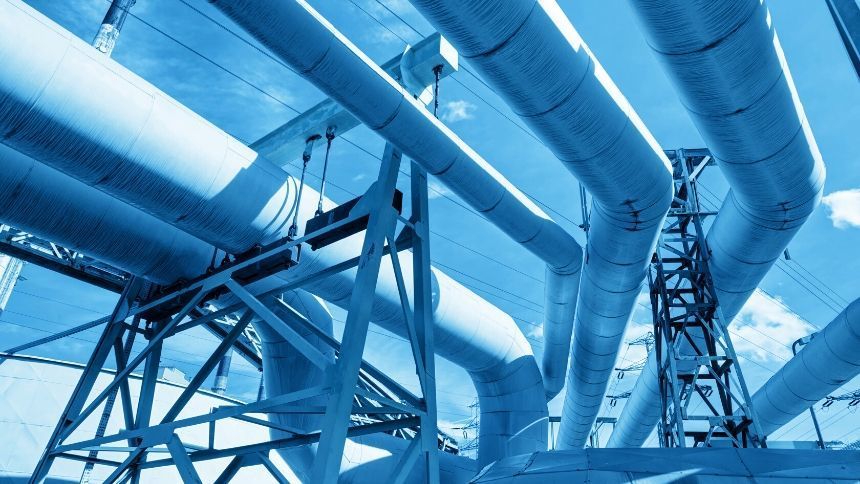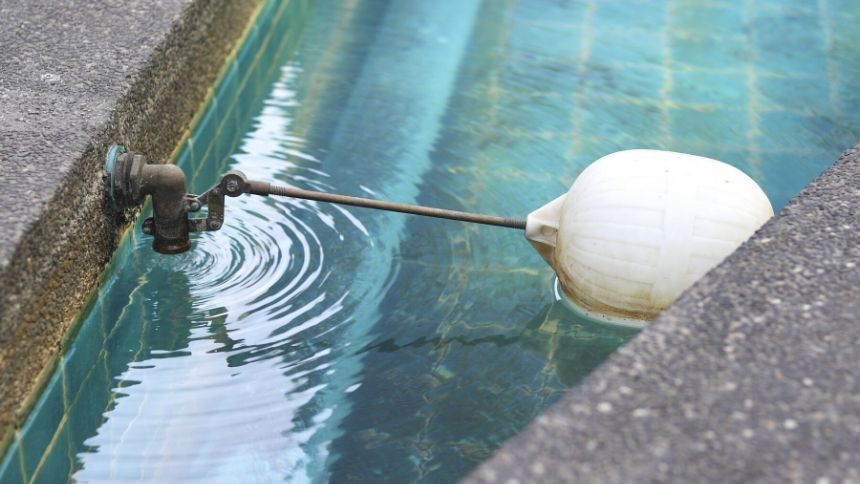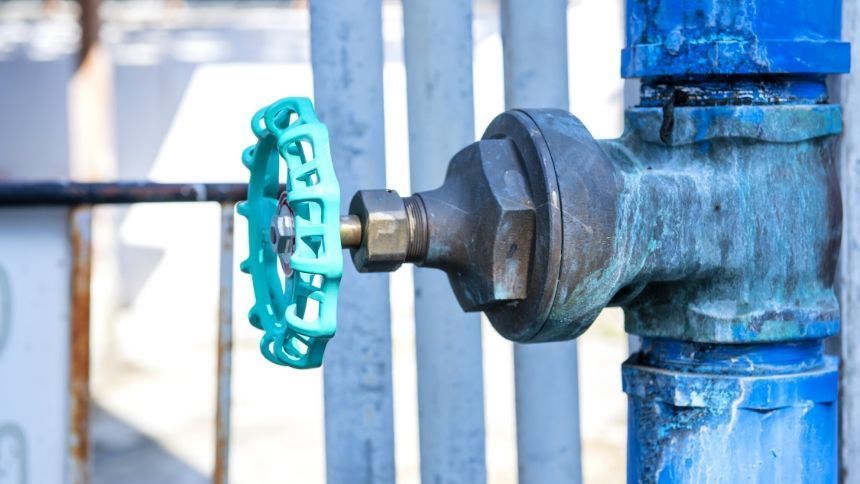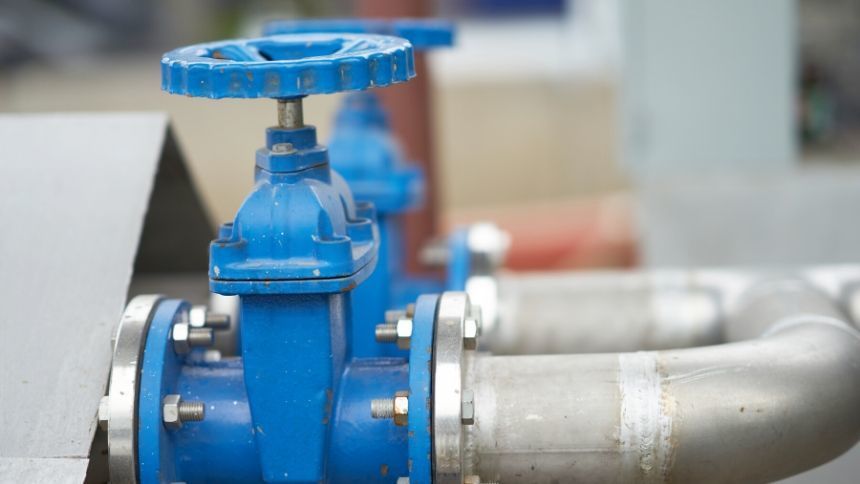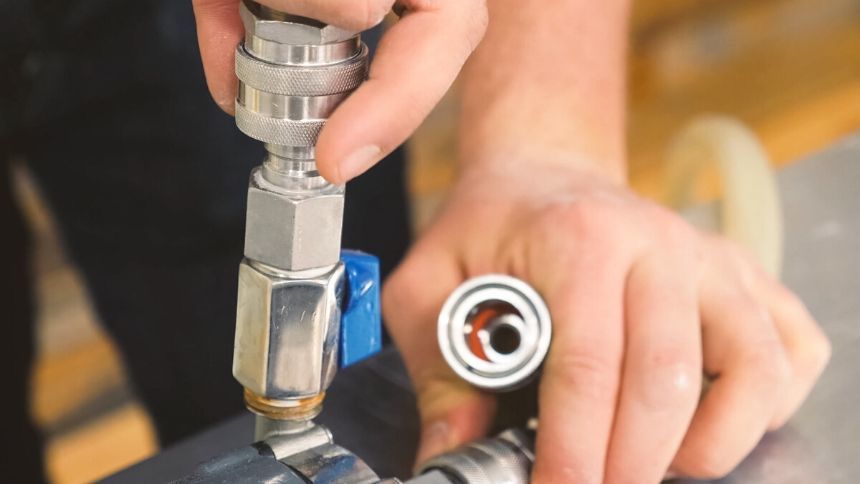What Does a Valve Supply Do?
Tony Mers • May 2, 2019

Over half of the nation's energy is supplied by gas and oil with over four billion metric tons of oil produced worldwide on an annual basis. By 2035, daily global oil consumption is projected to reach 109 million barrels. To retrieve oil, there are a number of different valves useful for regulating the movement of oil from its reserves to industrial use.
A valve supply is a singular valve or a system of valves that control how oil or gas move through a pipeline. Different types of valves control different aspects of the pipeline, but in general, a valve supply
system can start or stop fluids, modulate and control flows, change the direction of flows, manage pressure, monitor for safety hazards, and filter debris that could contaminate the line. The amount of control needed will determine the best valve of choice for the job.
What Kind of Valve Supply Systems are There?
1. Ball Valve:
Ball valves are used as a high pressure valve typically serving as a complete shut-off valve. They can easily regulate flow and function by the use of a quarter turn lever movement and cease flow with a tight seal. A ball inside the high pressure valve has a hole inside that allows fluid to move through it when it aligns with the two sides of the device. When the lever is turned, the ball valve is shut-off, and the hole in the ball is concealed which prevents the oil from moving through the line. The amount the lever is turned directly indicates the amount the valve is open.
- Shut-Off Pig Valve:
This is another name for a trunnion block-mounted ball valve. It is a high pressure valve designed to withstand heavy loads placed on the ball while requiring little effort to manipulate. They are capable of heavy loads because the ball, shaft, and trunnion all function as one solid unit reinforcing one another. They are also more feasible to use because they accommodate many different size restraints.
- Flanged Floating Ball Valves: These are similar to the pig valves, but instead of the ball transfixed as one unit, the shaft is only attached to the ball. The ball floats suspended in the fluid line. When the lever is engaged, the weight is applied on the ball and it gets pressed against two rubber seats cutting off the flow. This type of ball valve is useful only in low pressure situations and small volume loads.
2. Gate Valves:
These are another type of shut-off valve, but do not function well as an option for a high pressure valve. They also function more as an all or nothing type of shut-off rather than allowing for minimal controlled reductions in flow. There are several different types and models of gate valves depending on the pressure, temperature, and fluid they are meant to control.
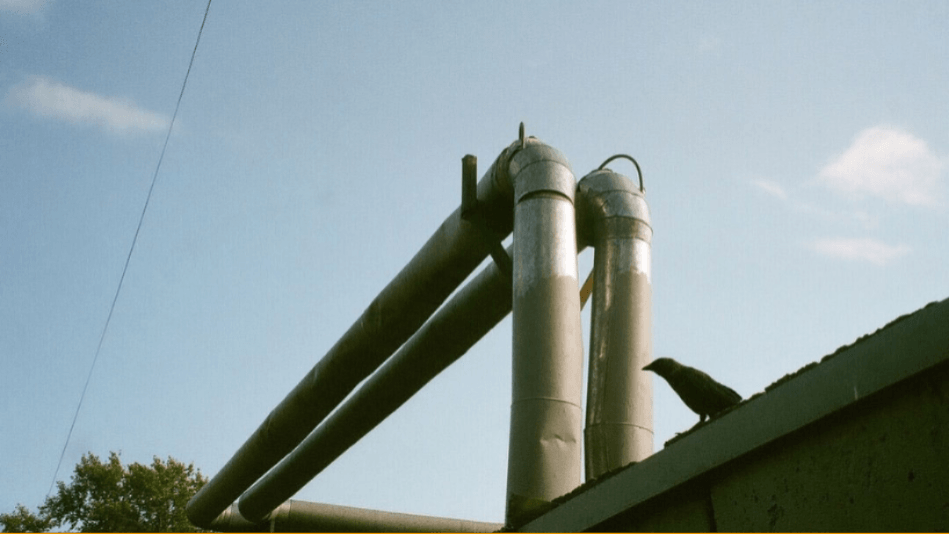
Right now, there are over 3,000 facilities on the Outer Continental Shelf involved in the collection and treatment of oil and gas. These oils and gases are collected from wells -- a process that's performed using certain types of high pressure valves. Of course, different types of American ball valves offer different results and it's crucial that the right projects are executed with the right types of valves. Quite often, the types of valves being used are ball valves, sometimes referred to as pig ball valves or pig vales (as they are used in conjunction with pipeline pigging systems). Before sourcing and investing in valves, it is important to understand the degree to which these valves may differ from one another. Let's delve into some of the defining characteristics of ball valve types. Ball Valve Body Styles Before getting into the exact types of ball valves that are available at the moment, it's important to remember that there are actually four separate types of body styles. These include the single body, split body, top entry, and welded styles. The styles of ball valves available differ from the types of ball valves available. This means that there are number of potential variations that you can see in ball valves. The great thing about this variety is that it means that there is more potential applicability in ball valves than there would be otherwise. Full Port Ball Valves: Turning to the different body types of ball valves, we can first look at the full port ball valve. A full port ball valve is defined by the fact that it has an oversized ball. The oversized ball has a purpose -- it is the same size as the pipeline. This means that there will be less potential friction less than there would be if the ball wasn't the same size as the pipeline, and the flow involved is unrestricted. The valve is larger as well. Standard Port Valves: As their name suggests, standard port valve are quite usual. This means they're less expensive than some alternatives. This type of valve has a smaller ball, and therefore the valve itself is smaller as well. The flow going through the pipe will in turn be smaller and will typically be about one pipe size smaller than the valve's pipe size. This makes it more restricted. The V Port Ball Valve: The V port ball valve is named after its V-shaped seat. What this means is that the orifice through which the product flows can be more easily opened and closed to change its direction. While many like this idea, the construction of this type of valve means that it can't be used just anywhere. It typically needs to be utilized in a more secure site. When the valve is opened, it is usually opened at the "small end" first, which helps stabilize the flow control. Trunnion Ball Valve: Then there is the trunnion ball valve, which doesn't exactly give much away through its name. This type of valve will actually anchor the valve at the top and the bottom through a particular mechanism. This would be applied on larger and more high pressure valves. While this type of valve isn't going to fit everyone's needs, it can definitely be used for particularly high pressure projects. Manually Operated Valves: Finally, these types of valves can be closed more quickly than their counterparts. Though this is an advantage in some cases, it also means that there can be a risk of a water hammer. These can include an actuator, which can be pneumatically or motor operated, which will in turn be used for on/off flow control. The valve will also have a positioner, which transforms the control signal into an actuator position. The flexibility of this type of valve is certainly an advantage to most projects. Now that you're more familiar with the styles and types of ball valves, you'll be in a better position to make decisions that will support your needs. For more information, please contact us today.
